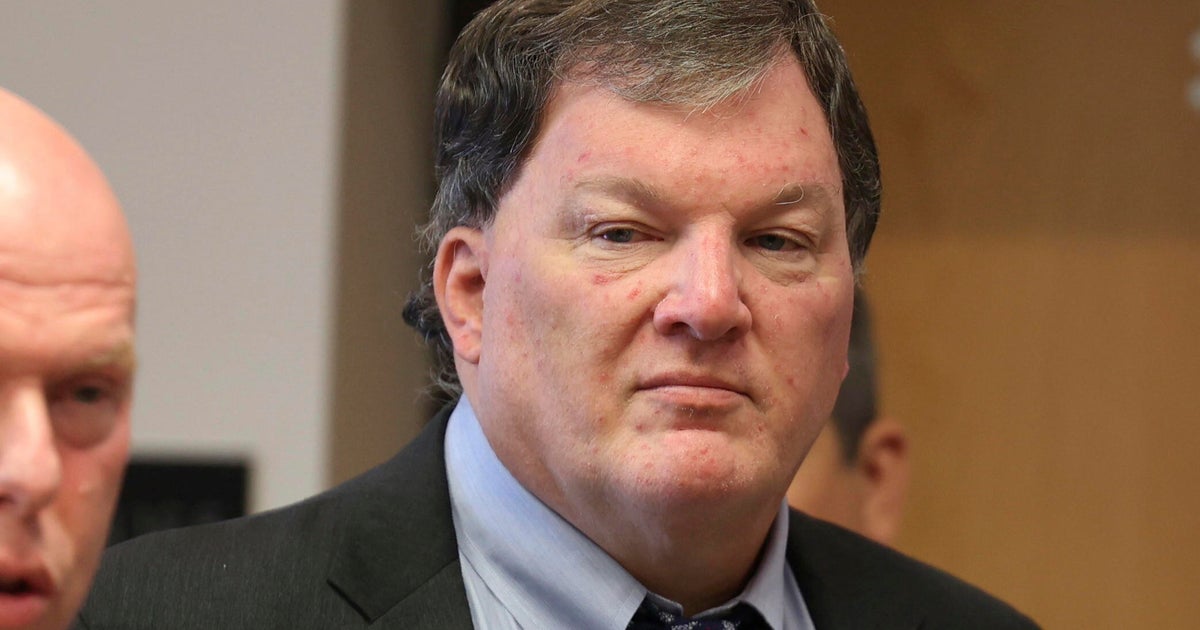Malloy Announces New Microgrid System To Keep Power On In Storms
BRIDGEPORT, Conn. (CBSNewYork/AP) - Connecticut announced on Wednesday the first nine sites for the installation of small power stations that will keep electricity running during and immediately after major storms.
The submarine base in Groton, the University of Hartford, Wesleyan University and police and fire stations around Connecticut are among the sites where microgrids will be installed to keep the power on during and immediately after major storms.
The microgrids - small versions of electricity systems that generate, distribute and regulate the flow of electricity - were among numerous recommendations to Gov. Dannel P. Malloy from a committee looking into the impacts of lengthy power outages after Tropical Storm Irene in August 2011 and a freak snowstorm two months later.
Malloy Announces New Microgrid System To Keep Power On In Storms
Malloy announced the projects that were selected as part of an $18 million pilot program. The state is committing an additional $30 million in the next two years for additional microgrid sites.
"It's for communities to sustain themselves one way or another,'' Malloy said.
The microgrids are intended to provide electricity to critical facilities and town centers 24 hours a day, seven days a week and include systems to provide power despite large-scale outages.
"Microgrids play a major role in our efforts to modernize and harden our infrastructure so that it will withstand severe weather. Over the next two years, I've recommended an additional $30 million in funding for the state's microgrid program to strengthen even more Connecticut communities against storm damage," said Malloy.
The projects will provide power for government services and businesses that are critical during extreme storms such as police, fire and emergency response teams, hospitals and health care facilities, state and town emergency response centers, grocery stores and gas stations.
Fuel cells, small-scale gas turbines and anaerobic digesters, which break down biodegradable material, would power the microgrids, Energy and Environment Commissioner Daniel Esty said. The microgrids would extend beyond backup power sources that failed after a day or two during massive storms, he said.
"You can't avoid power outages. What we're hoping to do with the microgrid structure is have a more diversified power system with a portfolio of power sources and is more resilient,'' he said.
Other sites selected include St. Francis Hospital in Hartford, University of Connecticut Depot Campus in Storrs and two schools in Windham. Sites also were selected in Bridgeport, Fairfield and Woodbridge.
You May Also Be Interested In These Stories
(TM and © Copyright 2013 CBS Radio Inc. and its relevant subsidiaries. CBS RADIO and EYE Logo TM and Copyright 2013 CBS Broadcasting Inc. Used under license. All Rights Reserved. This material may not be published, broadcast, rewritten, or redistributed. The Associated Press contributed to this report.)



